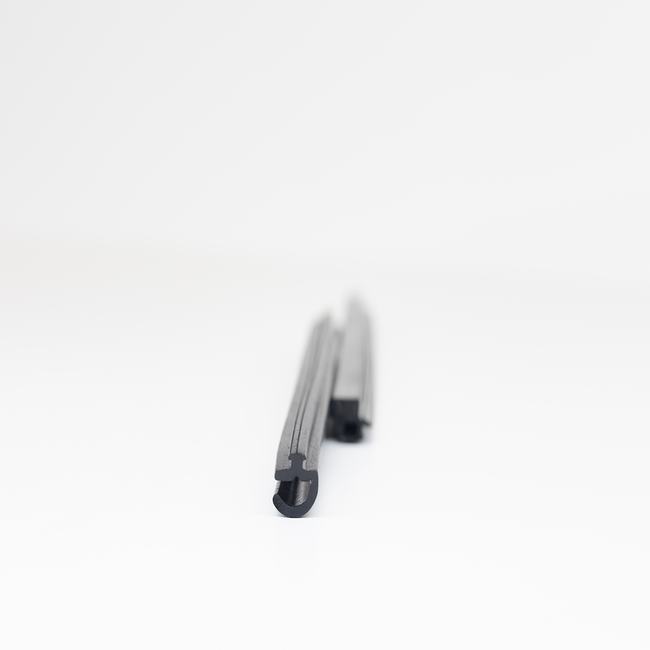Garage door seals, also known as garage door weatherstripping or garage door thresholds, are essential components for residential and commercial garage doors. These seals serve multiple purposes, including enhancing energy efficiency, providing weather protection, and maintaining the overall integrity of the garage. In this comprehensive description, we will explore garage door seals in detail, covering their types, installation, benefits, and considerations.
1. Types of Garage Door Seals:
Garage door seals come in various types, each designed for specific purposes:
a. Bottom Seals (Thresholds): These seals are installed at the bottom of the garage door to create a barrier against drafts, pests, dirt, and moisture. Threshold seals often include an aluminum or rubber threshold that provides a watertight seal when the door is closed.
b. Weatherstripping Seals: Weatherstripping can be applied around the sides and top of the garage door frame to prevent air and water infiltration. Common materials for weatherstripping include rubber, vinyl, or foam.
c. Top Seals (Header Seals): These seals are typically found at the top of the garage door opening and help to prevent drafts and water intrusion. They are particularly useful in climates with heavy rain or snow.
d. Side Seals (Jamb Seals): Side seals are installed on the sides of the garage door frame to seal gaps and prevent air, water, and debris from entering the garage.
2. Installation Process:
Installing garage door seals is generally straightforward but requires some careful steps:
a. Clean the Area: Ensure that the surfaces where the seal will be applied are clean and free of debris. Remove any old or damaged weatherstripping if necessary.
b. Measure and Cut: Measure the length of the seal, and if necessary, cut it to fit the specific dimensions of your garage door. Follow the manufacturer’s instructions for cutting and fitting.
c. Attach the Seal: Apply the seal to the designated areas, starting with the bottom seal threshold, then the top seal, and finally the side seals. Most seals have adhesive backing, making installation relatively simple.
d. Secure in Place: For added stability, you can use screws or nails to secure the seal in place, especially for threshold seals at the bottom of the door.
e. Test the Door: After installation, test the garage door to ensure it opens and closes smoothly without any interference from the seals. Adjust as needed to maintain a proper seal without impeding the door’s operation.
3. Benefits of Garage Door Seals:
a. Energy Efficiency: Garage door seals help to reduce drafts, which can lead to improved energy efficiency by preventing heat loss in cold weather and keeping cool air in during hot weather.
b. Weather Protection: Seals create a barrier against rain, snow, and wind, preventing moisture and debris from entering the garage, which can help protect belongings and the garage interior.
c. Pest Control: Seals can act as a deterrent to pests like rodents and insects, keeping your garage cleaner and less inviting to unwanted visitors.
d. Noise Reduction: Well-sealed garage doors can help reduce noise from outside sources and limit noise from activities within the garage, such as using power tools.
e. Longer Door Lifespan: By minimizing exposure to the elements and reducing wear and tear, garage door seals can extend the lifespan of your garage door.
4. Considerations:
a. Quality: Invest in high-quality garage door seals to ensure longevity and effectiveness.
b. Climate: Choose seals that are suitable for your climate, as some seals are better suited for extreme weather conditions.
c. Maintenance: Regularly inspect and replace garage door seals if they show signs of wear or damage to maintain their effectiveness.
d. Professional Installation: While many garage door seals can be installed as a DIY project, if you’re unsure about the process, it’s advisable to seek professional installation to ensure a proper seal and functionality.
In conclusion, garage door seals are essential for maintaining the comfort, security, and efficiency of your garage. Whether you’re looking to improve energy efficiency, protect your garage from the elements, or reduce noise, choosing the right type of seal and installing it correctly can provide numerous benefits for both residential and commercial garage doors.










